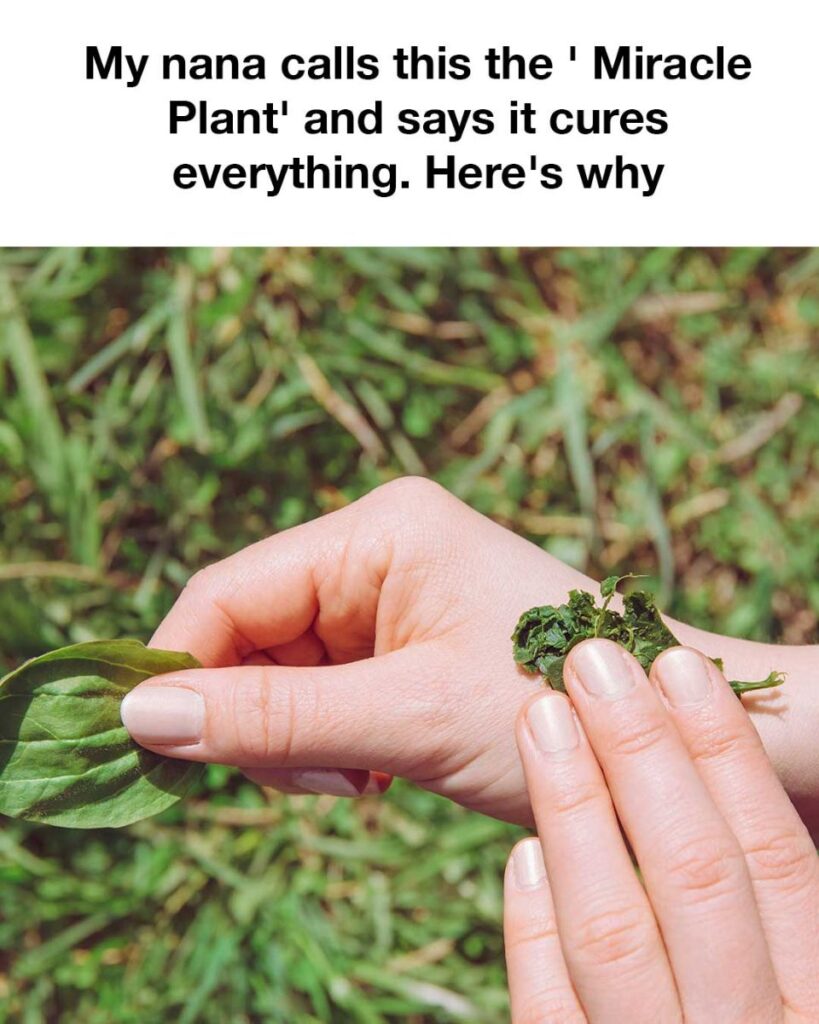
In many cultures around the world, certain plants have earned the reputation of being ‘miracle’ cures due to their extensive range of uses and benefits. One such plant is Plantago major, commonly known as broadleaf plantain. My nana, like many others, swears by its healing properties, claiming it can cure everything from minor cuts to digestive issues. This article delves into why Plantago major has been revered for centuries and continues to be a staple in natural medicine.
Historical Uses of Plantago Major
Plantago major has a rich history of use in traditional medicine across various cultures. In ancient times, it was used by the Greeks and Romans for its wound-healing properties. Native Americans also utilized the plant for its soothing effects on insect bites and skin irritations. Throughout history, Plantago major has been employed to treat a wide array of ailments, from respiratory issues to digestive disorders, making it a versatile remedy in herbal medicine.
Botanical Characteristics of Plantago Major
Plantago major is a perennial herbaceous plant that belongs to the Plantaginaceae family. It is characterized by its broad, oval leaves that grow in a rosette pattern close to the ground. The leaves have prominent veins and are typically smooth-edged. The plant produces small, inconspicuous flowers on a long, slender spike. It is commonly found in temperate regions and thrives in a variety of habitats, including lawns, roadsides, and gardens.
Nutritional and Medicinal Properties
Plantago major is packed with beneficial compounds, including vitamins A, C, and K, as well as minerals like calcium and iron. It contains bioactive compounds such as flavonoids, tannins, and polysaccharides, which contribute to its anti-inflammatory, antimicrobial, and antioxidant properties. These nutrients and compounds make Plantago major a powerful ally in promoting overall health and well-being.
Common Ailments Treated by Plantago Major
The plant is commonly used to treat a variety of ailments. Its leaves can be applied topically to soothe skin irritations, insect bites, and minor wounds. Internally, Plantago major is used to alleviate respiratory conditions such as coughs and bronchitis, as well as digestive issues like diarrhea and gastritis. Its anti-inflammatory properties make it effective in reducing swelling and pain associated with arthritis and other inflammatory conditions.
Scientific Studies and Evidence
Recent scientific studies have begun to validate the traditional uses of Plantago major. Research has shown that the plant’s extracts possess significant antimicrobial and anti-inflammatory effects. Studies have also highlighted its potential in wound healing, with evidence suggesting that Plantago major can accelerate the healing process and reduce infection risk. While more research is needed, these findings support the plant’s reputation as a natural remedy.
Traditional Remedies and Preparations
Traditional remedies involving Plantago major often include making poultices from the fresh leaves to apply to the skin or brewing the leaves into a tea for internal use. The leaves can also be dried and ground into a powder for use in capsules or tinctures. Each preparation method aims to harness the plant’s healing properties, whether for topical application or ingestion.
Cultivating and Harvesting Plantago Major
Plantago major is relatively easy to cultivate, making it accessible for home gardeners interested in herbal medicine. It thrives in well-drained soil and can tolerate both sun and partial shade. The plant can be propagated from seeds, which should be sown in early spring. Harvesting is best done when the leaves are young and tender, typically in late spring or early summer, to ensure maximum potency.
Potential Side Effects and Precautions
While Plantago major is generally considered safe for most people, it can cause allergic reactions in some individuals, particularly those with sensitivities to other plants in the Plantaginaceae family. It is important to perform a patch test before using it topically. Pregnant and breastfeeding women should consult a healthcare provider before using Plantago major. As with any herbal remedy, it is advisable to use it under the guidance of a qualified practitioner.
Conclusion: The Enduring Legacy of Plantago Major
Plantago major, often called the ‘miracle plant’ by those who have experienced its benefits, continues to be a valuable resource in natural medicine. Its wide range of applications, coupled with its ease of cultivation, make it a staple in many herbalists’ repertoires. As scientific research continues to explore its potential, Plantago major’s legacy as a versatile and effective remedy is likely to endure for generations to come.